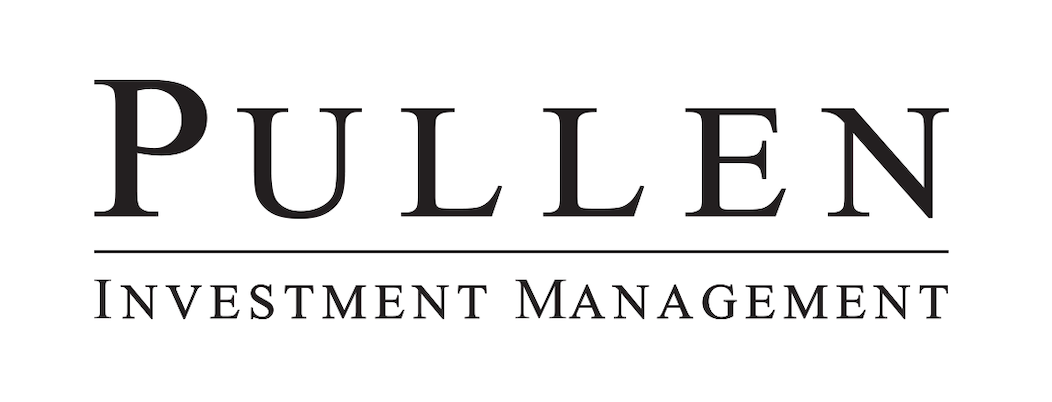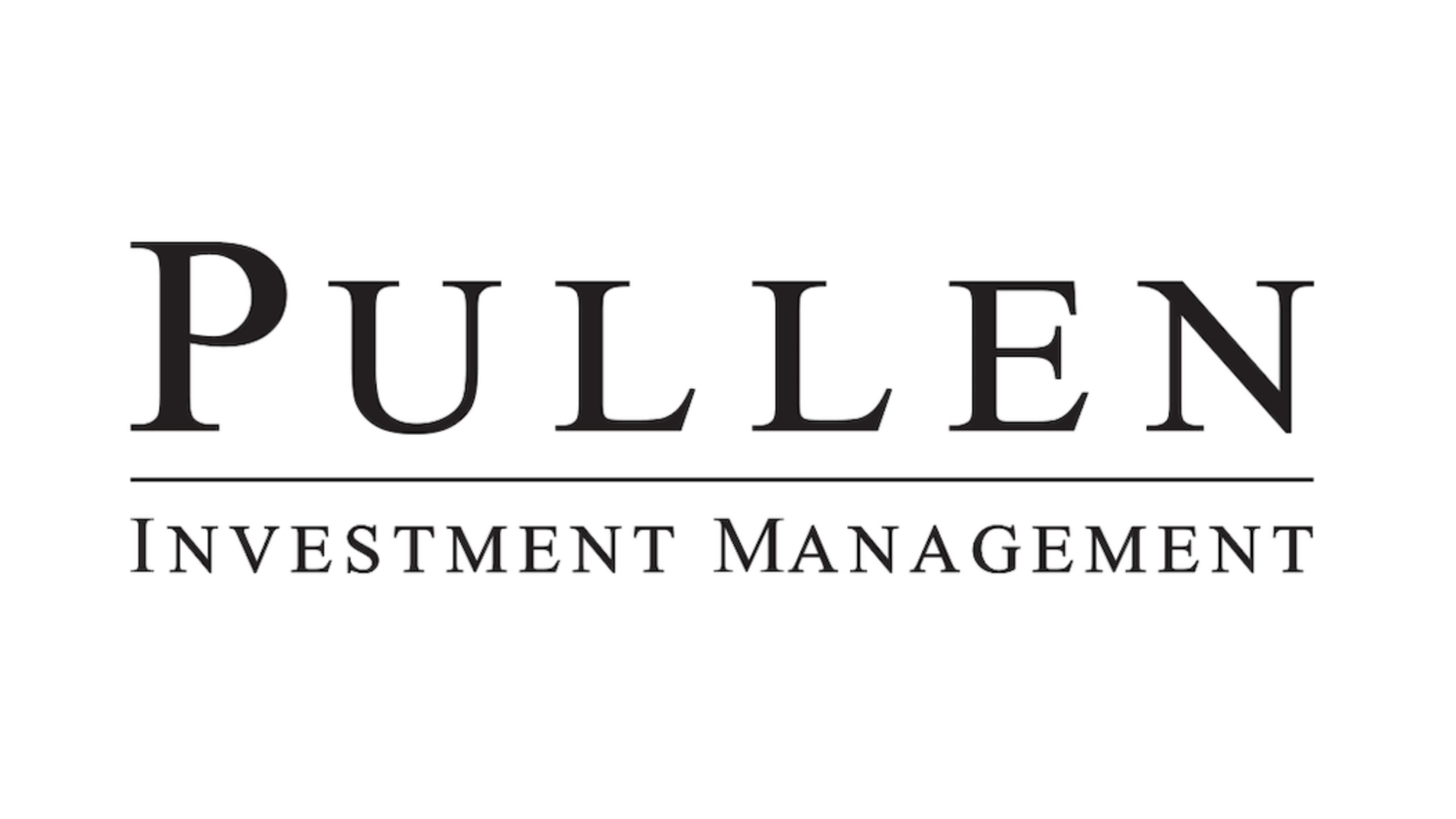Q1 - April 2023
Speed Round
Most markets rose in Q1, but leadership was narrow
We believe we are still in a “not hot” market, where stock picking is especially important
We think that stocks that offer “Stability” will be the favored factor
Inflation or a recession: you pick, but neither is good for equities
Short-term Treasuries still offer a lot
So what happened in the market during the quarter? Well, it was a bit of a reversal of what occurred in 2022. The “slowing” mentioned about (inflation and profits) coupled with the banking stress triggered a drop in interest rates which helped boost bond and gold prices and growth stocks. After value thumped growth in 2022, growth stocks punched back hard in the opening rounds of 2023. Mega-cap tech stocks carried the broader indices higher with the Nasdaq 100 up more than 20%, while the small cap value index fell 1%. In terms of sector performance, the two tech-related sectors within the S&P 500 rose more than 20%, while the Financial and Energy sectors were down 5 to 6%.
We closed our January commentary by saying that we were in a “not hot market” and that is how we were approaching the new year. While there were some signs of warmth in Q1, we will still reiterate this view today. Valuations remain elevated, earnings expectations are declining, and the Fed is in a tough place. As we said in January, a lot of fluff within the market was discarded in 2022 as valuation multiples returned toward earth, but they remain elevated, and a declining “E” is only keeping them more extended. The last time the 3-month T-bill was around the current level, the forward Price to Earnings ratio of both the S&P large and small cap indices was around 15x. Today they are 18x and 13x, respectively. Small caps look cheap relatively speaking, but historically small caps have seen deeper earnings drops around recessions and fewer of the small companies are even profitable. If the Fed is done raising rates, we recognize that the bulls could rush back in as quickly as they left in 2022. The S&P 500 is dominated by the mega-cap tech companies that have thrived in the low-rate ecosystem of the past decade. Any hint of a return to easier monetary policy could send the market up again, BUT a pause or interest rate cut at this point would certainly be done out of fear of what lies ahead regardless of what they say. As a reminder, bull markets typically do not begin when unemployment is at its lowest (do you remember 2000 and 2007?), and we do not see the unemployment rate dropping from here.
So, what do we do about this? In our view, the headline equity markets in general do not offer much, but we would remind you that we do not own the whole market. We view it as a market of stocks not the stock market! In this environment and with our outlook, we have added companies that have more resilient earnings profiles and stocks that do well in tough times, and we have sold those where we see the most earnings risk. We have maintained relatively low portfolio betas (a measure of sensitivity to the broader market), and we have preferred short-term Treasury bills when we can sit more cautiously. To be clear, we still own several stocks that would welcome a rising market, but we are not relying upon one. We mention some of the recent changes we have made to the portfolios in the commentaries for each of the managed equity strategies, but we would be happy to elaborate on our broader allocations and provide more color on our individual holdings at any time.
Econ Update Outside of the troubles associated with bank failures and deposit runs in March, the recent economic headlines were most focused on signs of slowing inflation and slower employment growth. With that said, the March employment report of a 3.5% unemployment rate reinforces the picture that while things might be softening, the employment picture remains exceptionally tight, and the early April surprise supply cut by OPEC has pushed crude oil back above $80. This puts the Fed between a rock and a hard place regarding their policy. Their aggressive actions last year to catch up with the sudden burst of inflation resulted in the worst bond market in decades. Favorably, this has resurrected an asset class (short term government bills and money market funds) for savers and asset allocators who have been forced to accept more risk or left earning nothing at all. In March we learned that many banks had reached too far for yields in their securities books triggered by the decade long 0% policy of the Fed. This is obviously more than just an isolated problem as the banks were not the only ones caught too far out on the branch. These banks now need more liquidity, which means they are pulling back even further on lending. According to Bloomberg, “US bank lending contracted by the most on record in the last two weeks of March, indicating a tightening of credit conditions in the wake of several high-profile bank collapses that risks damaging the economy” ¹. Under the banner of unintended consequences, the failure of a few mid-sized banks may have signaled the end of the Fed’s credit tightening cycle.
While the economy might still feel good to most and jobs are plentiful, corporations are seeing profits decline as demand wanes and costs remain sticky. Profits for the S&P 500 Index are expected to be 7% lower than last year’s level in the soon-to-be-reported first quarter while the full year results are expected to be up just 1% over 2022. A more pronounced 9% drop in earnings is the current expectation for the smaller companies of the S&P 600 Index. The winning hand last year was the one that avoided the more speculative and expensive stocks as rates rose and valuation multiples contracted. Going forward, we think the winners will be the ones with the more resilient earnings in the face of a slower economy.
As always, we look forward to speaking to you about your individual account, and we welcome any questions you might have. Our priority is serving you as best as we can, so if there is anything that you need from us, please do not hesitate to ask.
Tyler Pullen, CFA
Portfolio Manager
¹Bloomberg.com “US Bank Lending Slumps by Most on Record in Final Weeks of March” Alexandre Tanzi, April 7, 2023
Credit to Grant’s Financial Publishing for the artwork.
Past performance does not guarantee future results. Market conditions can vary widely over time and can result in a loss of portfolio value. In accordance with the rules of the Securities and Exchange Commission, we notify you that a copy of our ADV, Part 2A and 3 filings with the SEC is available to you upon request.




